
The YouTube version is taking off more slowly, with just 1000 views to date (but will likely pick up in the coming days). The problem with the campaign is that it makes the same mistake that many brands are making today with social media … they forget about the power of the people involved to create engagement and help the campaign succeed.
Verizon isn’t the only brand to miss this opportunity. It happens all the time. So in an effort to use their campaign as a learning moment, here are five suggestions that could have amplified this campaign and used social media far more effectively to involve the people behind the video and make their shared passion for the project a much bigger word of mouth driver for others to engage in it.
1. Leverage partner’s fan base.
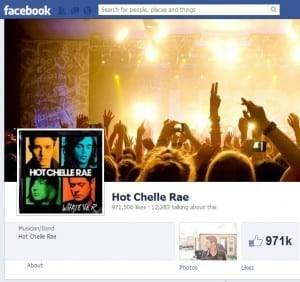
The Solution: When negotiating the partnership with the band, specify a minimum number of Facebook shares and a featured role for the video and campaign on the band’s website. If they have an email mailing list – pay for the opportunity to send a branded email sharing the video (and not just promoting products) to them to show that Verizon believes in the band they love and is partnering with them.
2. Create a branded landing page.
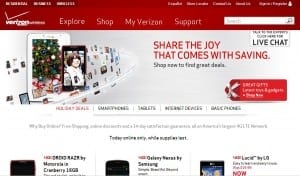
The Solution: Have a branded landing page that anyone who watches the video can visit to learn more about the campaign. They can see the people in the video, or interact with a map that shows the route the tour bus took. Another idea could be sharing information about the phones that each one of singers were using in their shots and even showing how those phones (and Verizon service) helped them share their experiences in real time.
3. Make the campaign more than a blip.
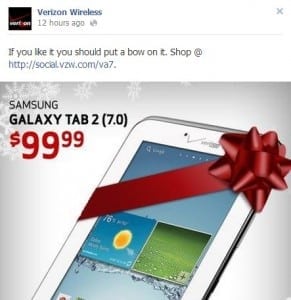
The Solution: Create a content calendar that allows you to build a longer lasting campaign out of this effort instead of a single produced video. You could add a component so that people who were not in one of the target cities could record their own versions of the song and share them. Or at the very least share the unedited footage of the people in the video actually singing the song instead of lip syncing to Hot Chelle Rae’s version.
4. Invite participants to share.
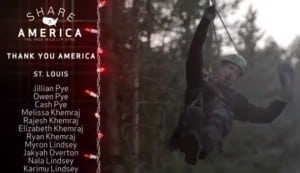
The Solution: Go beyond a simple hashtag to create a visual way to aggregate people’s experiences of the campaign. This could be through something as simple as a Tumblr blog for the campaign or a Storify curated recap of the campaign. When I wrote about the “best marketing campaign ever” a few years ago, a major reason was because of how they managed to engage all the participants in sharing and telling stories to each other.
5. Answer the “so what?” question.
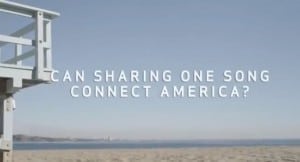
The Solution: What if you could share the positive feelings that people likely felt after participating – through interviews or quotes? Politics probably never came up in the project – which is the ultimate proof point that despite our disagreements, we can all agree to get along if we just have the right motivation and situation to do it.
The Bottom Line:
I have worked on dozens of social media focused marketing campaigns over the past 8 years and not effectively engaging the people involved in content creation or attending an experience is one of those mistakes I see most often that can keep a good idea from becoming great (and winning awards). This could have been one of those ideas.
In a divided country, something as simple as a 3000 mile journey asking people to lip sync a holiday song might be just the medicine we need to reunite with one another. And not telling that story is perhaps the greatest missed opportunity of this entire campaign.


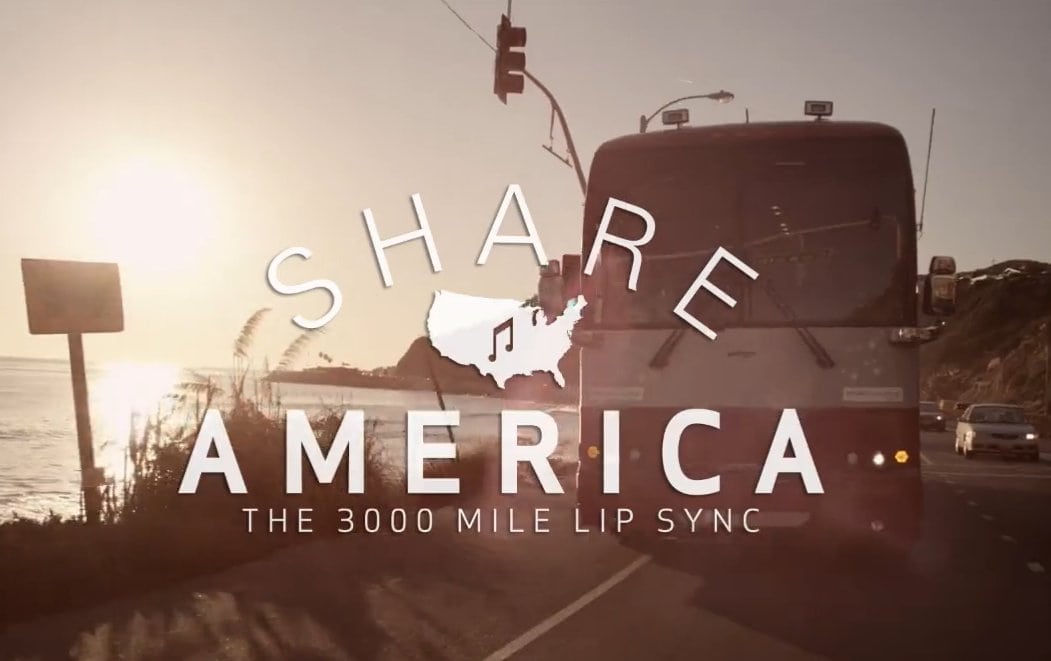




WE RECENTLY REMOVED COMMENTING - LEARN WHY HERE >